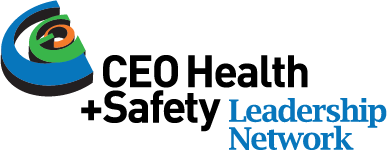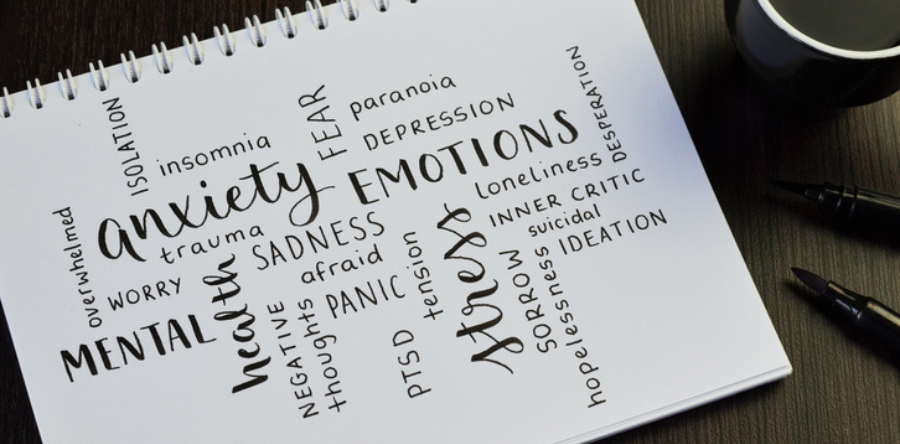In March 2020, we were all reeling from the rapid onset of lockdowns and remote work, and no one knew how long the pandemic would disrupt society.
It wasn't long before concerns about loneliness started finding their way into our conversations, and the media started to shine a light on the psychosocial risk factor of workers feeling isolated.
Authentic relationships, where both parties feel safe and valued, are critical to our well-being. When we cannot connect with people in a meaningful way, we are at greater risk of experiencing isolation and loneliness. And, when we feel socially and emotionally disconnected from meaningful relationships with others, it can lead to other mental health issues.
Aware of this risk and concerned about addressing it, WSPS decided to conduct a rapid study to assess the impact of a digital mental fitness app on loneliness and isolation.
I was pleased to work with WSPS and Territorial, a Saskatoon-based web and digital design firm, to create the Hugr Authentic Connections app as a mental health version 1.0 product. The app was piloted with a group of WSPS customers in a scientific research study led by psychologist, Dr. Dayna Lee-Baggley, and was approved by Saint Mary's University Research Ethics Board.
The study recently concluded and revealed that, while there is a place for digital solutions, they cannot stand alone. Ultimately, people need people.
Below are some additional insights from the research to help you optimize engagement if you are considering introducing a digital solution to support psychological health in your workplace.
Your employees are concerned, but that doesn't always translate into action
Digital apps are gaining traction. The global mental health app market is expected to grow from 24.2% from 2020 to 2027 and reach a market value of over US $3.7 billion. Though it may be appealing to purchase a low-cost, scalable digital mental health app for every worker, access to an app is not enough.
We were surprised at the number of participants in the Hugr study who were willing to take the assessment three times, which assessed the app's impact on their mental health. This is evidence that employees are also concerned about feelings of isolation and management of their mental health.
However, use of the app wasn't as robust as engagement in the assessments. There are many possible reasons for this. What motivates many people to act on mental health is pain. They likely won't use it if they are not clear how an app or other support can help them feel better. Some workers may not have had context or fully understood how the Hugr app could support their mental health.
We are all unique and have varying degrees of comfort with digital solutions
Every worker is unique, and each person's readiness, learning style, comfort, and trust in technology varies. What works for some may not work for others. Even in the best settings, continued use is not guaranteed. A recent systematic review suggested that while use and adherence to mental health apps range between 44% and 99% in research settings, rates in real-world situations may vary between 1% and 29%.
On-boarding, fostering change, and worker engagement are critical
Ensure workers are clear on the reason for (the "why") and benefit of any mental health initiative. In the case of a digital solution, it is important to take a systematic approach to onboarding, with clear direction on what the app is intended to do and how it works. You should also support the release with change management communication to assist employees in weaving use of the app into their day. Also, make sure you provide outlets for feedback and support mechanisms to help employees if they are having difficulty getting started or experience hiccups along the way.
Plan-Do-Check-Act always
As with any mental health intervention, a Plan-Do-Check-Act approach must be applied to facilitate continuous improvement and ensure that the solution is having the desired impact. It is essential to talk to employees regularly to get their input on how the app is working for them, what is and is not working well, and what they think about its value to their mental health.
This issue is not going away
Two years into the pandemic, studies have shown this issue has, indeed, become a bigger concern to workforces. In a World Economic Forum and Ipsos study, nearly half of employee participants reported feeling isolated and lonely.
The Lancet recently reported that, regarding "the workers assigned periods of perceived isolation," long-term effects, including psychiatric symptoms, can be felt in fewer than ten days, and symptoms can persist for as long as three years after.
Digital tools can be a powerful resource in helping you address this and other mental health issues in your workplace. However, there is no quick fix. You must invest the time and effort to ensure employees are clear on the value and benefit of any support you introduce, and be open to feedback and continuous improvement.
Get to know the author – Dr. Bill Howatt

 Dr. Bill Howatt
Dr. Bill Howatt



